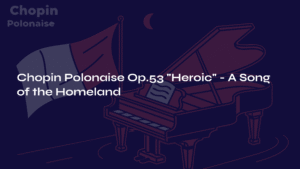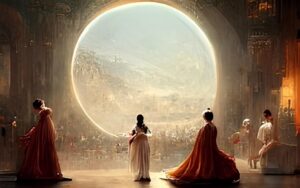Table of Contents
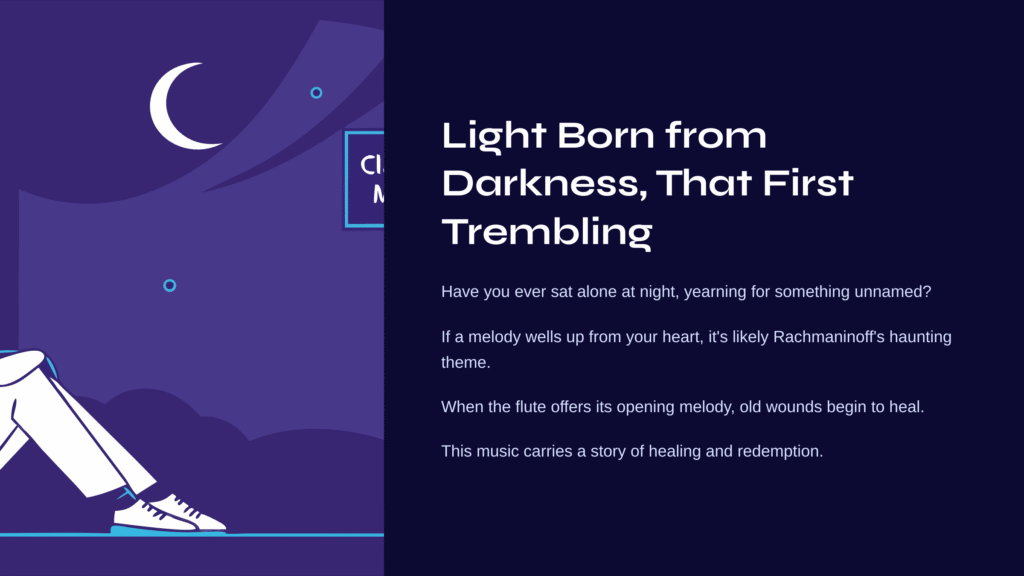
Light Born from Darkness, That First Trembling
Have you ever sat alone in the deep of night, yearning for something you couldn’t quite name? In that moment, if there’s a melody that wells up from the depths of your heart, it’s likely the haunting theme from Rachmaninoff’s Piano Concerto No. 2, second movement.
Think back to when you first heard this music. When the flute tentatively offered its opening melody, slicing through the air with gentle grace, didn’t you feel as though old wounds were slowly beginning to heal? This wasn’t mere coincidence. This music carries within it an actual story of healing and redemption.
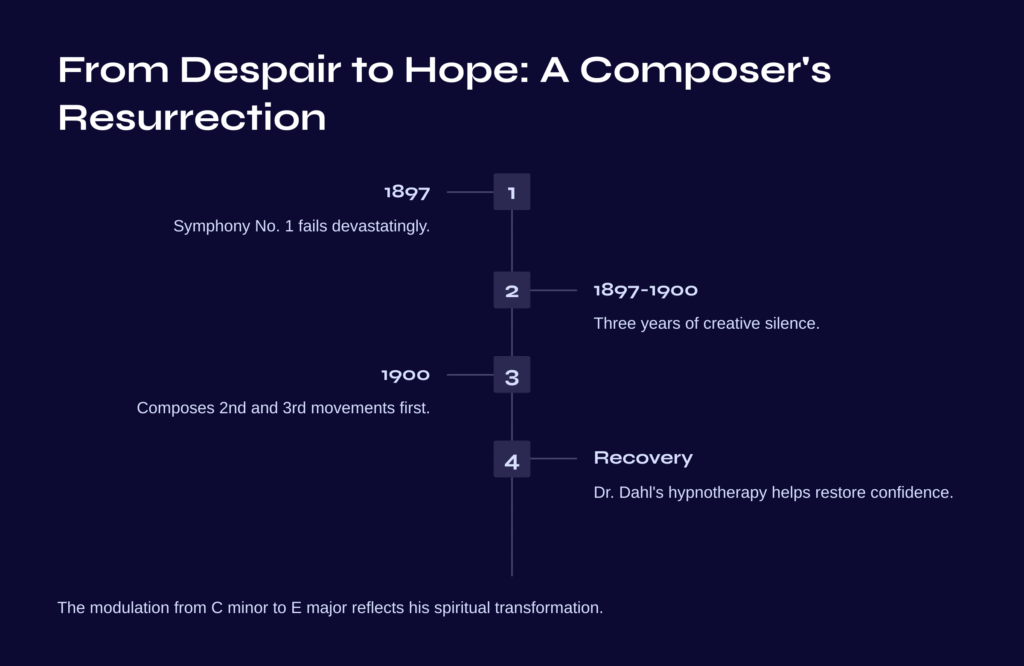
From Despair to Hope: A Composer’s Resurrection
The year 1900, when Sergei Rachmaninoff composed this concerto, held special significance for him. After the devastating failure of his Symphony No. 1 in 1897, he endured three years of creative silence—a dark tunnel that seemed endless. At the tunnel’s end, he discovered the light that would become this concerto’s second movement.
Remarkably, Rachmaninoff didn’t compose this concerto in traditional order. He completed the second and third movements first, as if his wounded soul needed to heal from its most tender places before tackling the turbulent emotions of the opening movement.
Through Dr. Nikolai Dahl’s hypnotherapy, Rachmaninoff began to regain his confidence. For him, this second movement became a beacon of new beginnings. The modulation from C minor’s darkness to E major’s luminosity wasn’t merely a compositional technique—it was a reflection of the profound transformation occurring within his spirit.
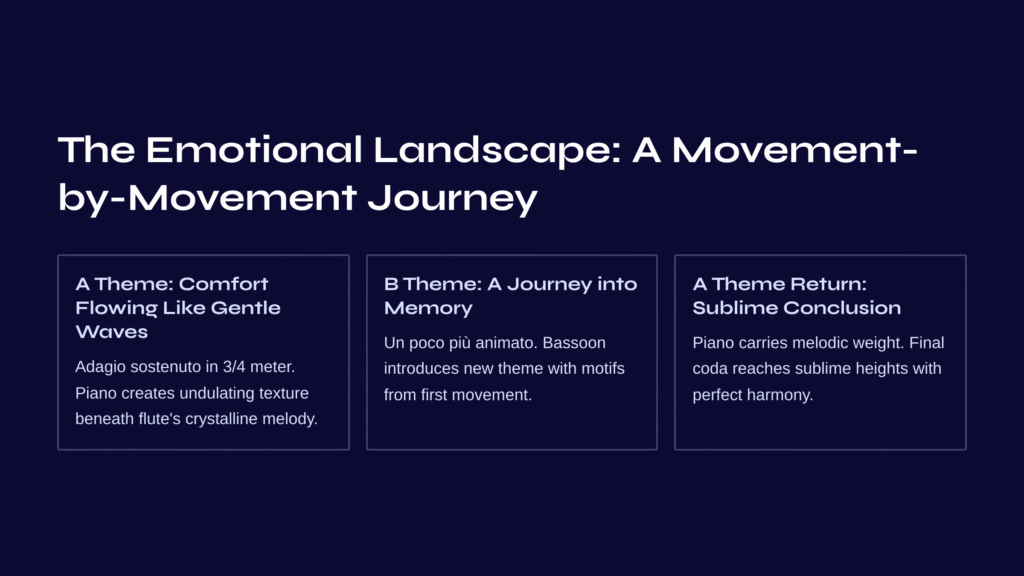
The Emotional Landscape: A Movement-by-Movement Journey
First Story: Comfort Flowing Like Gentle Waves (A Theme)
Marked “Adagio sostenuto,” this movement unfolds over the gentle 3/4 meter like ripples on a tranquil lake. The piano’s arpeggiated accompaniment creates an undulating texture, a musical representation of water’s healing flow. Above this, the flute enters cautiously yet confidently, singing the main theme with crystalline purity.
What strikes you about this melody is its beautiful irregularity. Unlike the balanced phrases of Classical-era music, Rachmaninoff’s theme flows like natural conversation—unpredictable yet perfectly logical. This is precisely why the music feels like it’s speaking directly to our hearts.
When the clarinet takes up the melody, the change in timbre adds new emotional dimensions. The same notes, filtered through different instruments, bloom with fresh nuances—this is the magic of Rachmaninoff’s orchestration.
Second Story: A Journey into Memory (B Theme)
The middle section, marked “Un poco più animato,” takes on a more animated character. Here, the bassoon introduces a new theme that cleverly incorporates motifs from the first movement. It’s as if memories from the past are returning to us in new garments.
In this section, the piano steps away from its accompaniment role to become a more assertive voice. Cadenza-like passages emerge, allowing the performer’s personality and emotions to shine through more directly.
Third Story: Returned Peace and Sublime Conclusion (A Theme Return and Coda)
When the main theme returns, the piano now carries the melodic weight. Though it’s the same melody, it carries an entirely different gravitas—like a traveler who has returned home after a long journey, matured by experience.
The final coda reaches what can only be described as sublime heights. All instruments unite in perfect harmony, creating a moment of such completeness that time seems suspended for the listener.
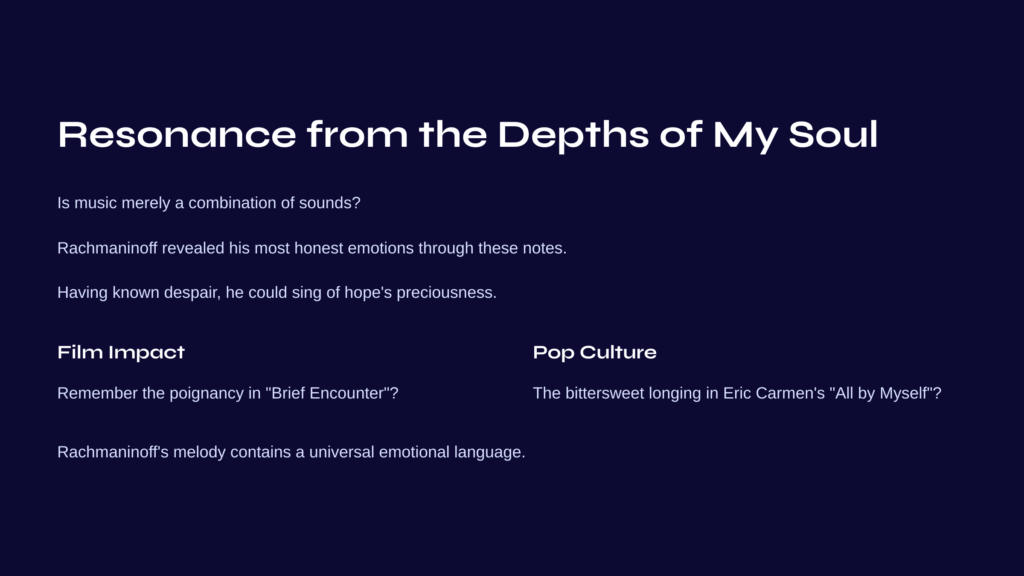
Resonance from the Depths of My Soul
Listening to this music, I often wonder: Is music merely a combination of sounds? What is the source of the profound comfort I feel each time I hear Rachmaninoff’s second movement?
Perhaps it’s the sincerity embedded within this music. Through these notes, Rachmaninoff revealed his most honest emotions. Having known despair’s depths, he could sing of hope’s preciousness; having experienced pain’s sting, he could convey healing’s warmth.
Remember the poignancy when this music flows through “Brief Encounter”? Or the bittersweet longing you felt hearing Eric Carmen’s “All by Myself”? These aren’t mere coincidences. Rachmaninoff’s melody contains a universal emotional language that transcends time and genre.

Three Keys to Deeper Listening
First, don’t rush when listening to this music. Rachmaninoff’s melodies resist hurrying. Instead, breathe deeply and follow the natural flow of the phrases. Pay special attention to how the flute and clarinet exchange the main theme in the opening section, listening to the subtle differences in their timbres.
Second, observe the evolution of the piano’s role. Watch how it gradually moves from gentle accompaniment to melodic leadership. It’s like observing someone who initially opens their heart cautiously, then gradually begins to share their deepest thoughts.
Third, don’t listen to this movement in isolation if possible. Experience it within the context of the complete concerto. The tranquility of the second movement after the passionate intensity of the first movement carries entirely different depths—like the calm that follows a storm.
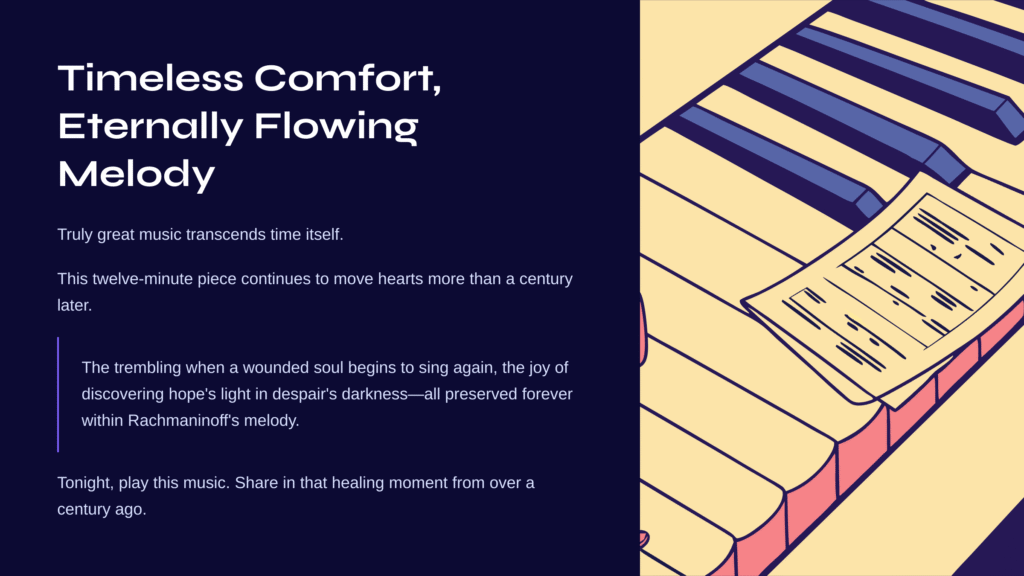
Timeless Comfort, Eternally Flowing Melody
Each time I hear Rachmaninoff’s Piano Concerto No. 2, second movement, I’m reminded that while music is fundamentally an art of time, truly great music transcends time itself. This twelve-minute piece continues to move hearts more than a century later because the emotions within it are timeless.
The trembling when a wounded soul begins to sing again, the joy of discovering hope’s light in despair’s darkness, and the deep peace that embraces everything—all of this is preserved forever within Rachmaninoff’s melody.
Tonight, when you find yourself with a moment alone, play this music. Share in that healing moment Rachmaninoff experienced over a century ago. You’ll witness the magic of music connecting us across time and space.
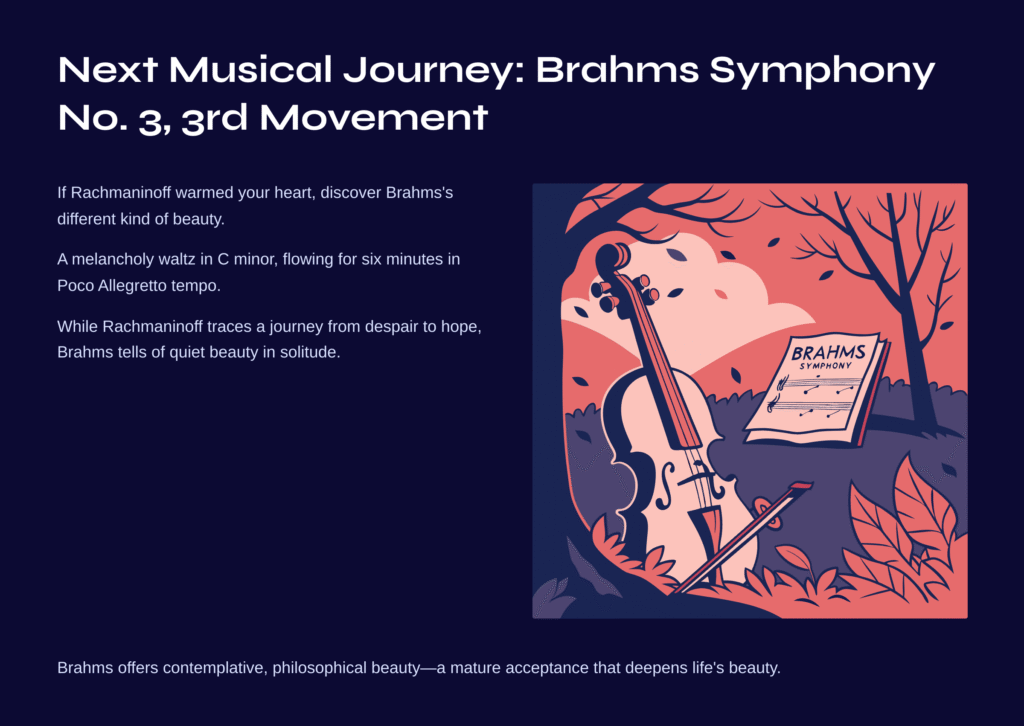
Next Musical Journey: Brahms Symphony No. 3, 3rd Movement – A Melancholy Autumn Waltz
If Rachmaninoff’s healing melody has warmed your heart, perhaps it’s time to encounter a different kind of beauty? Brahms’s Symphony No. 3, third movement, offers comfort in a distinctly different way from Rachmaninoff.
This music begins with the cello’s melancholy waltz in C minor, flowing for approximately six minutes in a Poco Allegretto tempo. It gained particular fame after being used as the main theme in the 1961 Ingrid Bergman film “Goodbye Again.”
While Rachmaninoff’s melody traced a journey from despair to hope, Brahms’s movement tells a story of quiet beauty discovered in autumn evening’s solitude. The bittersweet 12-bar theme melody repeats over a waltz-like 3/4 rhythm, with the cello’s initial statement taken up an octave higher by the violins, then joined by flute, oboe, and horn.
Both works offer profound emotional resonance, but where Rachmaninoff provides active healing and recovery energy, Brahms offers more contemplative, philosophical beauty. The melody that 50-year-old Brahms composed while vacationing in Wiesbaden contains the quiet peace found within life’s weight—a mature acceptance that doesn’t diminish beauty but deepens it.

